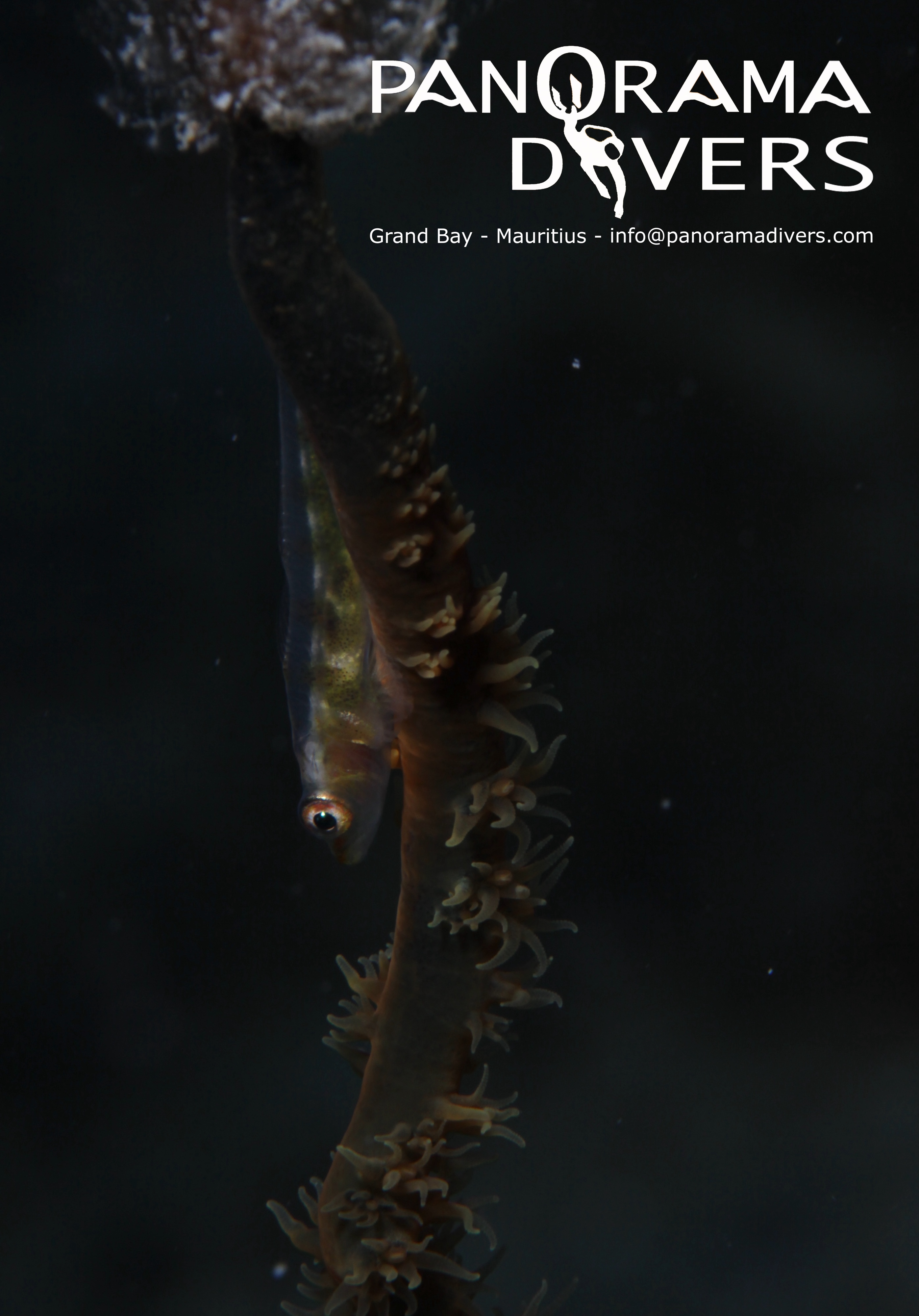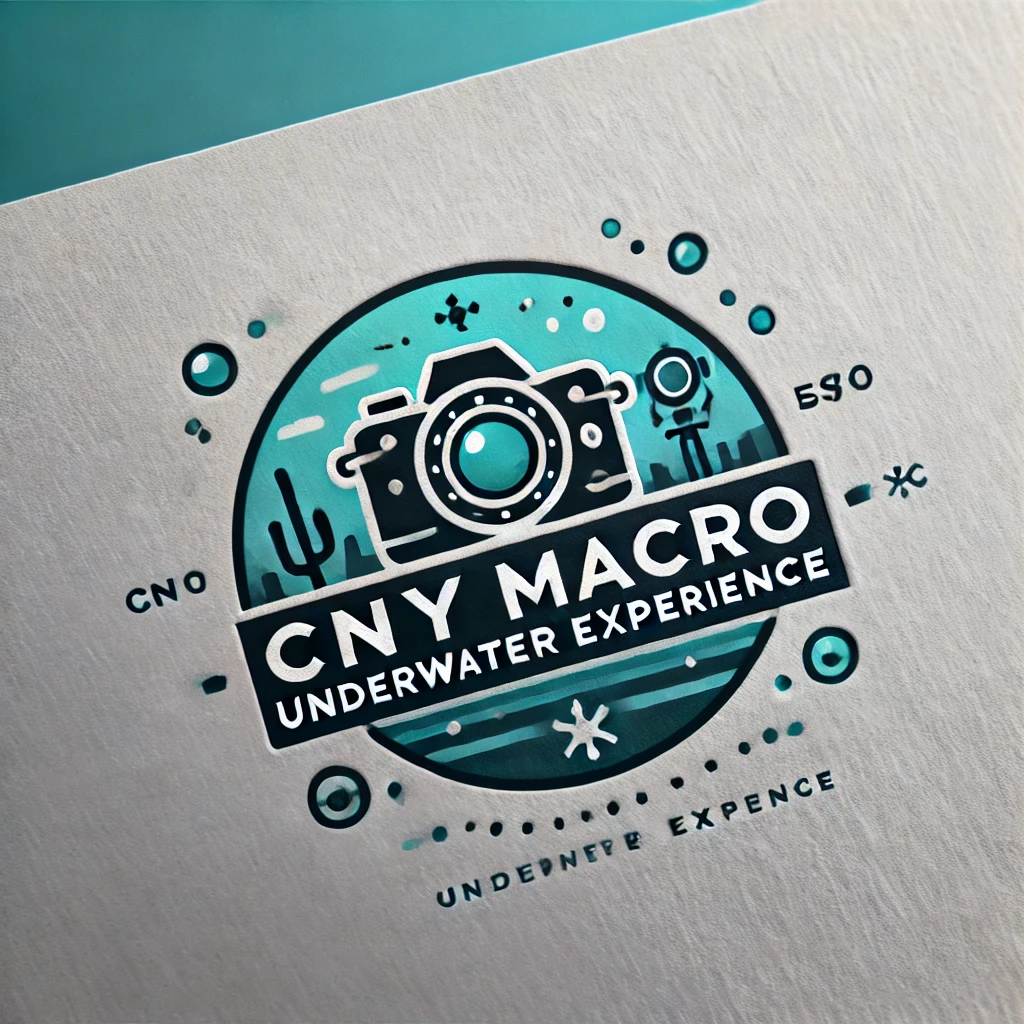Discover the Hidden Side of the Mauritian Lagoon
While Mauritius is famous for its turquoise lagoons and coral reefs, few people know that it’s also a paradise for macro diving — the art of finding and photographing the tiniest and most fascinating creatures of the ocean. From colorful nudibranchs and flamboyant flatworms to ghost pipefish and leaf scorpionfish, the Mauritian seabed hides a world of miniature wonders waiting to be discovered.
Whether you’re a passionate underwater photographer or simply curious about marine life, macro diving in Mauritius offers a completely different perspective on the island’s biodiversity. Instead of drifting over corals, you’ll slow down, observe closely, and learn to appreciate the incredible details of life on the reef.
Below are some of the most common questions divers ask before exploring Mauritius’ macro side.
Q: When is the best time for macro diving in Mauritius?
A: Mauritius offers year-round diving, but the best visibility and calm conditions for macro photography are typically from October to April. Water temperatures during this period range from 26–29°C, creating ideal conditions for long, comfortable dives. Early morning or dusk dives can also increase your chances of encountering rare and nocturnal species.
Q: Where can I find nudibranchs in Mauritius?
A: Popular macro spots include Grand Bay, Pereybere, Coin de Mire and Trou aux Biches, where sandy bottoms, seagrass beds, and rubble zones attract many nudibranch species. You’ll also find them around rocky outcrops and coral heads — anywhere detritus and algae provide food and shelter. Keep your eyes open for colorful patterns: you might spot species like Nembrotha kubaryana, Chelidonura punctata, or the adorable Costasiella kuroshimae.
Q: Is Mauritius suitable for beginner macro photographers?
A: Absolutely. Calm lagoons, shallow dive sites, and clear visibility make it an excellent destination for both beginners and advanced photographers. Many dive sites are accessible from the shore or by short boat rides, and conditions are usually gentle enough to allow you to focus on composition and lighting without worrying about strong currents.
Q: Are there dedicated macro diving tours in Mauritius?
A: Yes! Several local dive centers now offer specialized macro dives, including guided “nudibranch hunts” and private sessions with experienced spotters who know exactly where to look. Some even provide underwater photography workshops or support for blackwater and night dives — perfect opportunities to photograph rare creatures in their element.
Q: Can I see the Costasiella (“Shaun the Sheep”) slug in Mauritius?
A: Yes — and it’s one of the island’s most sought-after sightings! The Costasiella sp. has been observed on several Mauritius dive sites, often on green algae leaves. It’s tiny (just a few millimeters long) and elusive, but with patience, good buoyancy, and a trained eye (or a good dive guide!), spotting one is a truly magical experience.
Final Thoughts
Macro diving in Mauritius is about more than just taking photos — it’s about discovering a hidden world beneath the surface, learning to slow down, and seeing beauty in the smallest details. With its warm waters, excellent visibility, and growing community of passionate divers, Mauritius is fast becoming a must-visit destination for macro enthusiasts.
If you’d like to join a dedicated macro dive or nudibranch-focused trip, contact us at Panorama Divers with Cindy — we’ll be happy to guide you through the island’s miniature underwater wonders.


